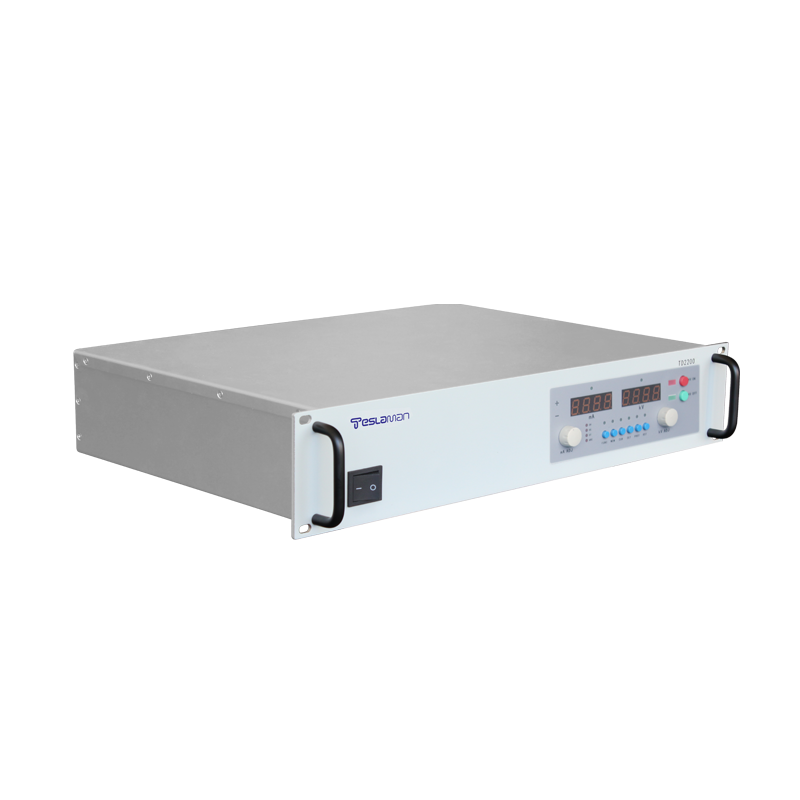Intelligent Multi-Device Power Management System for General Laboratory High-Voltage Supplies
Modern multidisciplinary laboratories rely on multiple high-voltage instruments, including electron microscopes, spectrometers, electrophoresis units, and plasma generators. Each device demands distinct voltage levels, response speeds, and safety protections. A unified high-voltage power management system enables collaborative operation, energy optimization, and centralized control across heterogeneous laboratory equipment.
The system architecture adopts a common high-voltage DC bus with multiple isolated distribution channels. Each channel is digitally controlled via an independent feedback loop to ensure output voltage and current precision within ±0.01%. The central controller continuously monitors power consumption, load dynamics, and environmental parameters from all connected devices, dynamically allocating energy through predictive scheduling algorithms.
By applying artificial intelligence-based load forecasting, the power management unit can predict upcoming device activation patterns and pre-adjust voltage ramp rates and capacity allocation. This predictive balancing minimizes power spikes and ensures stable operation under simultaneous multi-device use. For transient high-load equipment, such as pulsed discharge systems, the controller provides sub-millisecond response times to maintain voltage regulation and prevent oscillations.
The system also supports hierarchical safety protocols. Each output channel includes overvoltage, short-circuit, and leakage protection, while the main bus integrates redundant relay isolation and emergency cut-off features. Digital communication interfaces, such as Ethernet or fieldbus links, allow remote monitoring, fault diagnosis, and parameter adjustment through a centralized laboratory management platform.
This intelligent high-voltage distribution framework not only improves operational efficiency but also reduces total energy consumption and maintenance costs. By transforming traditional isolated power setups into a coordinated, data-driven network, laboratory operations become safer, more energy-efficient, and adaptive to future automation needs.




















